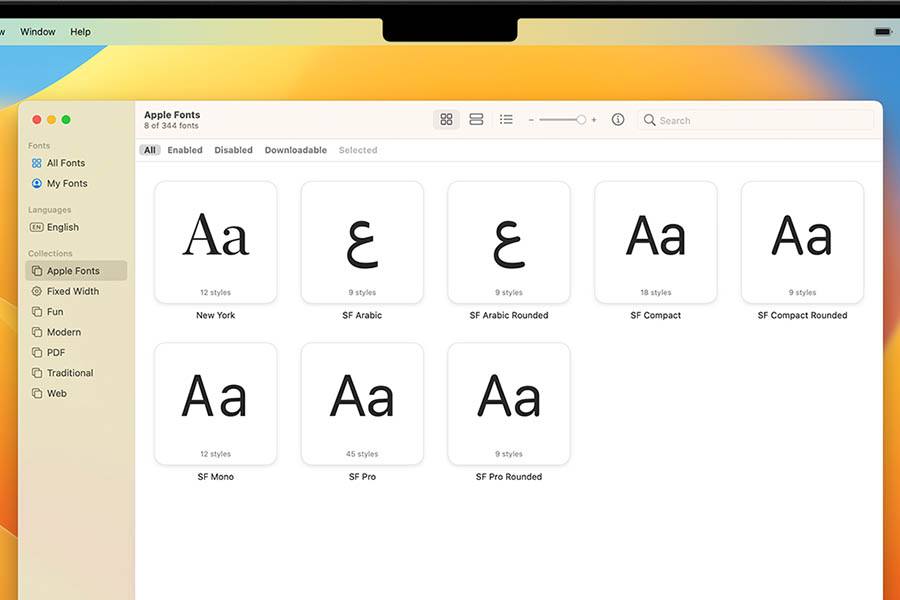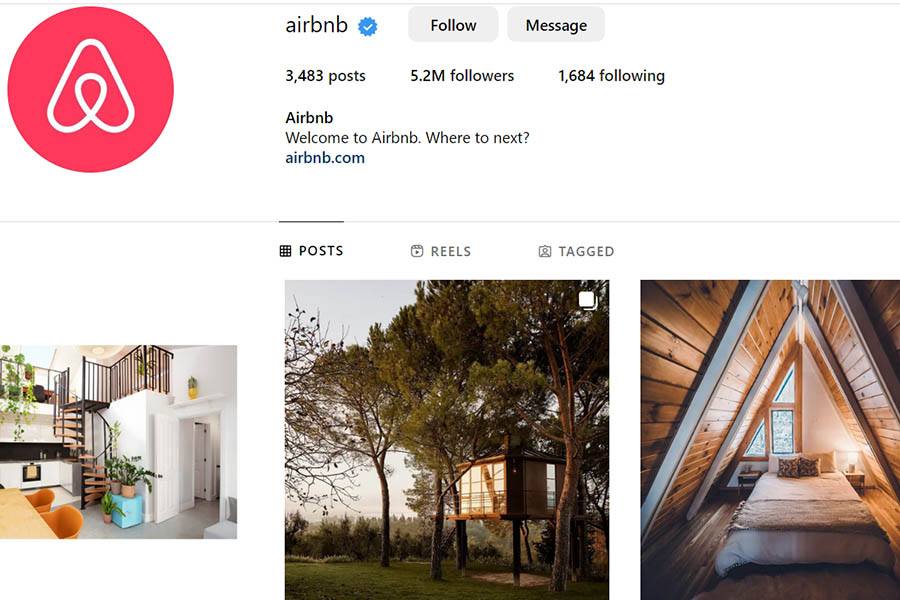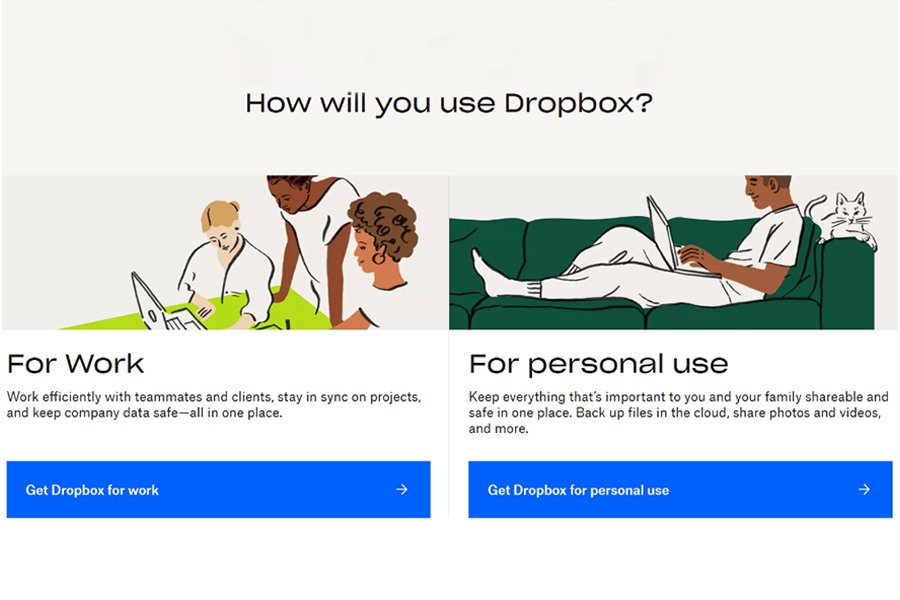Last updated on May 12th, 2023
Establishing a strong brand identity that is cohesive and consistent across all digital marketing channels, including your website, social media, and advertising platforms, is crucial for the success of your online presence. A well-executed branding and design strategy not only enhances your business’s credibility but also plays a vital role in creating a memorable user experience that keeps customers coming back for more.
In this blog post, we’ll explore the importance of branding and design online, focusing on the benefits of a strong brand identity and a seamless user experience. At Woww, after working with hundreds of clients we understand that the right branding and design approach can make all the difference in setting your business apart from your competition and ensuring lasting success. So, let’s dive in!
- Understanding the Elements of Branding and Design
- Importance of Consistency Across Channels
- 1. Craft Your Messaging and Brand Narrative
- 2. Create a Memorable Logo
- 3. Choose the Right Colours for Your Brand
- 4. Select Typography to Enhance Your Brand
- 5. Utilise Photography for Your Digital Marketing
- 6. Incorporate Illustrations and Animations
- 7. Apply Web Design Layout and Best Practices
- 8. Focus on UX/UI for a Seamless User Experience
- 9. Continuous Improvement and Evolution
- Final Thoughts on Building a Strong Brand and Design for Your Website
Understanding the Elements of Branding and Design
To create a truly impactful digital brand strategy, it’s important to have a deep understanding of the various components that contribute to effective branding and design. These elements work together to form a cohesive brand image that resonates with your target audience and sets the foundation for all your digital marketing efforts.
Some of the key components of branding and design include:
- Messaging and brand narrative
- Logo design
- Colour schemes
- Typography
- Photography
- Illustrations
- Animations
- Web design layout
- And user experience (UX/UI)
In the following sections, we’ll look at each of these elements and discuss their role in crafting a successful and compelling digital brand strategy. By understanding how these components work together, you’ll be better equipped to create a unique and memorable online presence for your business. But first, let’s discuss the importance of consistency.

Importance of Brand Consistency Across Channels
A strong brand presence requires a unified brand identity across various channels, such as websites, social media, and emails. This consistency effectively communicates your brand’s values and personality, making it recognizable and fostering trust with your audience.
Applying branding elements harmoniously, like messaging, logo, colour palette, typography, and visual assets, contributes to a cohesive user experience. This seamless navigation across channels strengthens your brand image and simplifies decision-making for customers by presenting a coherent message and visual language. Familiarity with your brand boosts customer loyalty, engagement, and conversion rates.
As you develop your branding and design, consider the consistent application of each element on different platforms to maximise impact and effectiveness.
Throughout the rest of this article, we will examine each key component of branding and design, exploring their roles in shaping your digital brand strategy.
1. Craft Your Messaging and Brand Narrative
A compelling brand story plays a significant role in establishing an emotional connection with your target audience. It conveys your brand’s mission, values, and unique selling points, helping customers understand what your business stands for and why it matters. A strong brand narrative sets you apart from your competitors and provides a foundation for all your marketing communications, ensuring consistency in your messaging.
For example, consider a sustainable clothing brand with a mission to reduce the environmental impact of fashion. Their brand narrative could focus on their commitment to eco-friendly materials, ethical production processes, and long-lasting, timeless designs. By consistently emphasising these values across their website, social media, and email campaigns, they can effectively communicate their brand story and create a sense of trust and loyalty among their audience.
You need consistent messaging to build trust and credibility with your audience. When your brand communicates a clear and unified message across all channels, it reinforces your brand’s identity and creates a sense of reliability. By crafting a powerful brand narrative and maintaining consistency in your messaging, you can effectively engage your audience and foster long-lasting relationships with your customers.
2. Create a Memorable Logo
A logo plays a pivotal role in brand identity as it acts as the visual representation of your company and its values. It’s often the first impression potential customers have of your business, making it vital for your logo to be memorable, unique, and easily identifiable. A well-designed logo not only captures your brand’s essence but also establishes a connection with your target audience, fostering brand recognition and loyalty.
Effective logos share several key characteristics. They are typically simple, versatile, and timeless in design, allowing them to be easily recognized and adaptable across various platforms and media. An impactful logo should also evoke an emotional response, reflecting your brand’s personality and resonating with your audience.
The Nike logo is a prime example of a successful and iconic logo design. The simple yet powerful “swoosh” symbolises motion and speed while reflecting the brand’s commitment to athleticism and performance. Its minimalistic design ensures adaptability across different applications and media, from shoes and clothing to advertising, making it instantly recognizable worldwide. By creating a memorable logo that encapsulates your brand’s identity, you can leave a lasting impression on your audience and strengthen your overall branding strategy.
Transform your online presence and brand with Woww’s expert logo and graphic design services – contact us today!

3. Choose the Right Colours for Your Brand
Colours play a significant role in enhancing a brand’s identity, as they evoke emotions and communicate specific messages to your target audience. Studies reveal that colour alone can influence up to 90% of snap judgments about products, depending on the specific item, making it essential to choose the right colours for your brand. Selecting a cohesive colour palette that aligns with your brand’s personality and values can strengthen your brand identity and create a memorable impression on your audience.
Developing a cohesive colour palette involves selecting a primary and secondary set of colours that work harmoniously together while complementing your brand’s overall aesthetic. It’s crucial to ensure that the chosen colours are visually appealing, versatile, and accessible for all users, including those with visual impairments. A cohesive colour palette creates consistency across your branding and design elements, including your logo, website, and marketing materials.
One well-known example of an effective colour palette is McDonald’s iconic combination of red and yellow. Red is known to stimulate appetite and evoke feelings of excitement, while yellow communicates happiness and warmth. This colour palette aligns with the brand’s fast-food identity and has become instantly recognisable worldwide. By carefully selecting and implementing the right colours in your web design and branding, you can create a powerful visual identity that resonates with your audience and elevates your brand’s overall perception.

4. Select Typography to Enhance Your Brand
Font choice is an integral component of effective branding and design, as typography can convey a brand’s personality and tone of voice. The right font can help distinguish your brand from competitors, establish a visual hierarchy, and promote readability across all marketing materials. In contrast, a poor font choice can distract from your message and undermine your brand’s identity.
When selecting fonts for your brand, it’s essential to consider factors such as legibility, scalability, and compatibility with different devices and platforms. Serif fonts, for instance, convey a sense of elegance and tradition and are often used for luxury brands. In contrast, sans-serif fonts suggest modernity and simplicity and are popular with tech and healthcare brands. Script fonts can convey a sense of creativity and sophistication but may be difficult to read in smaller sizes.
Best practices for digital typography include selecting a font family with several weights and styles to create a consistent hierarchy and using ample white space to ensure readability. For example, the font family used by Apple Inc. is San Francisco, designed specifically for optimal legibility on Apple’s high-resolution Retina displays. The font family includes several weights and styles, from light to ultra-bold, providing flexibility and consistency across all digital platforms.

Selecting the right typography for your brand is critical for creating a cohesive and recognizable identity across all digital marketing channels. By following best practices for typography and carefully considering the tone and personality of your brand, you can select a font that effectively communicates your brand’s message and enhances your overall branding and design strategy.
5. Utilise Photography for Your Digital Marketing
The impact of professional photography cannot be overstated when it comes to digital marketing. High-quality, brand-aligned imagery can enhance the visual appeal of your website and social media channels, effectively communicating your brand’s personality and values to your target audience. Studies have shown that visual content is more memorable than text alone, with people retaining up to 65% of information when paired with a relevant image.
Incorporating brand-aligned imagery helps establish a connection with your audience and encourages engagement. By selecting high-quality photographs that align with your brand’s identity and values, you can create an emotional connection with your audience, strengthening brand recognition and loyalty. It’s essential to ensure that the images used are consistent with your brand’s visual style and messaging, providing a cohesive and memorable experience for your audience.
An excellent example of incorporating brand-aligned imagery can be seen in the digital marketing efforts of Airbnb. The company’s website and social media channels are filled with stunning, high-quality photographs that showcase unique and inspiring locations, conveying the company’s commitment to adventure and exploration. By selecting imagery that aligns with its brand values and target audience’s interests, Airbnb effectively communicates its brand identity and creates a strong emotional connection with its customers.

6. Incorporate Illustrations and Animations
Incorporating illustrations and animations into your digital marketing strategy can bring your brand to life and provide an engaging user experience for your audience. By adding movement and interactivity to your website and social media channels, you can capture your audience’s attention and communicate your brand’s message in a unique and memorable way.
When choosing the right style of illustrations and animations, it’s essential to consider your brand’s personality, values, and target audience. A playful and fun brand may benefit from using cartoon-style illustrations, while a more professional and sophisticated brand may benefit from using more minimalist and abstract illustrations. A great example of the effective use of illustration can be seen in the branding of Dropbox, a cloud storage company. Their website features a playful, cartoon-like style that highlights the company’s friendly and approachable personality, while still conveying their professionalism and security.

Incorporating illustrations and animations can be a valuable addition to your digital marketing strategy, providing numerous benefits, including increased engagement and conversion rates. By choosing the right style that aligns with your brand’s personality and messaging, you can create a unique and memorable user experience that strengthens your brand’s identity and establishes a connection with your target audience.
Elevate your online presence with Woww’s comprehensive design services, including logo design, illustrations, animations, graphics, and corporate identity packages – contact us today!
7. Apply Web Design Layout and Best Practices
The importance of responsive and accessible design cannot be overlooked in today’s digital landscape. With over 50% of global web traffic generated through mobile devices, ensuring that your website adapts seamlessly to various screen sizes and platforms is crucial. Responsive design not only improves user experience but also contributes to better search engine rankings, as Google prioritises mobile-friendly websites in search results.
Effective web design adheres to key principles, including simplicity, visual hierarchy, and intuitive navigation. A clean and uncluttered layout allows users to focus on your content and offerings, while a clear visual hierarchy guides them through your site. Intuitive navigation also facilitates smooth interaction with your website, minimising the risk of user frustration. For example, renowned web design expert Steve Krug’s “Don’t Make Me Think” principle emphasises the importance of user-friendly design in retaining visitors and reducing bounce rates.
In summary, applying web design best practices is essential for creating a positive user experience, ultimately leading to higher engagement and conversion rates. Responsive and accessible design, along with a focus on simplicity, visual hierarchy, and intuitive navigation, should be at the forefront of your digital strategy. By implementing these principles, you can ensure a satisfying and engaging experience for your audience, resulting in better overall website performance.
8. Focus on UX/UI for a Seamless User Experience
Understanding the relationship between User Experience (UX) and User Interface (UI) is important for creating a seamless online experience. While UX focuses on the overall functionality and usability of a website or app, ensuring that users can easily accomplish their goals, UI is concerned with the visual and interactive elements that facilitate those user interactions. In essence, UX provides the foundation for a user-friendly website, while UI enhances it with visually appealing and engaging design elements.
Creating a user-friendly website involves several steps, such as wireframing and mockups. Wireframing entails developing a simple, low-fidelity skeletal layout of your website, and defining the structure and organisation of content. While mockups are high-fidelity, visual representations of the final design, including colours, typography, and graphics. Both wireframing and mockups are essential tools in the design process, helping to identify potential usability issues before investing time and resources into development. For example, the popular UX and UI design tool, Figma, allows designers to create wireframes and mockups, ensuring a seamless transition from concept to the final design.
It’s clear that concentrating on UX/UI is integral to providing a smooth user experience. By understanding the relationship between these two components and employing tools like wireframing and mockups, you can create a visually appealing and functional website that meets the needs and expectations of your target audience. This focus on user experience will ultimately lead to increased user satisfaction, engagement, and conversions.
Take your website design to the next level with Woww’s professional wireframing and mockup services – contact us today and our team will be happy to help.

9. Continuous Improvement and Evolution
Online, it’s essential to continuously refine your branding and design elements based on user feedback and market trends. Regular analysis of user interactions, coupled with monitoring the latest industry developments, ensures that your brand remains relevant and appealing to your audience. For instance, A/B testing different design variations can help identify which elements resonate most with your audience, leading to better user engagement and satisfaction.
When approaching website redesigns or rebranding, maintaining brand consistency is crucial. It’s vital to strike a balance between updating your brand’s visual identity and preserving the core elements that make it recognisable. One way to achieve this balance is by conducting a thorough audit of your existing branding elements, identifying which aspects to retain and which to modify. For example, when Instagram underwent a rebranding in 2016, the company retained its iconic camera logo while updating the elements, colour scheme and app design to reflect a more modern, minimalistic aesthetic.
Ultimately, the continuous improvement and evolution of your branding and design elements are key to staying relevant and engaging on the internet. By analysing user feedback and market trends, and carefully approaching redesigns or rebranding while maintaining brand consistency, you can ensure that your brand continues to thrive and resonate with your audience over time.
Final Thoughts on Building a Strong Brand and Design for Your Website
You’ve seen how building a robust brand and design for your online presence involves understanding and implementing key elements, such as messaging, logos, colours, typography, photography, illustrations, and animations. Keep in mind that emphasising consistency across channels, employing web design best practices, and focusing on UX/UI are all vital to creating a seamless and engaging user experience. Continuously refining your branding and design based on user feedback and market trends ensures that your brand remains relevant and attractive to your target audience.
If you’re looking to elevate your online presence, Woww offers expert web development, web design, and branding services tailored to your unique needs. Our team of skilled professionals will work with you to craft a cohesive and memorable brand identity that resonates with your audience. Don’t hesitate to contact Woww today and embark on your journey towards a stronger and more impactful online presence.
If you enjoyed this article and want some more take a look at our posts on the Role Of Web Development In Building A Successful Website and The Importance Of Web Design For Your Website.





Recent Comments